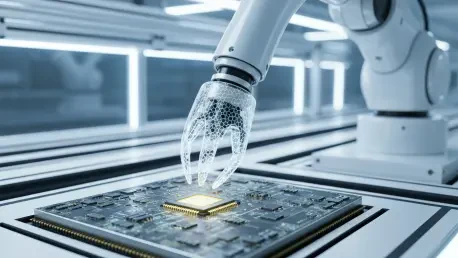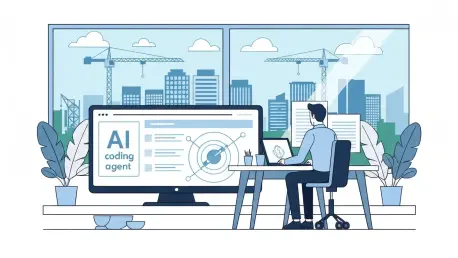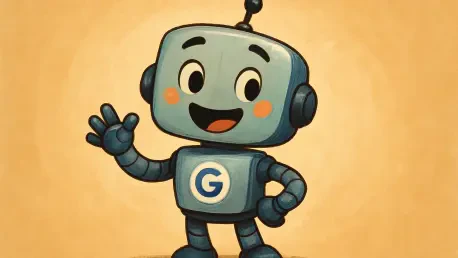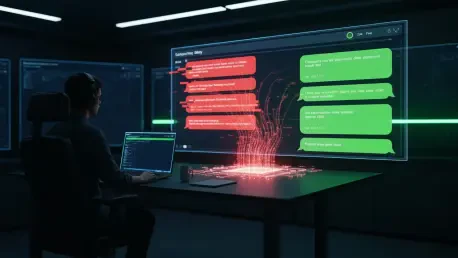
A transformative technology is quietly emerging from research labs, one that promises to fundamentally redefine the capabilities of machines and our interaction with them by bestowing upon them a sense of touch remarkably similar to our own. This innovation, known as neuromorphic artificial skin,

The pervasive integration of generative artificial intelligence has fundamentally altered the operational fabric of the creative industry, shifting from a futuristic concept to a present-day strategic imperative. For advertising and design agencies, the critical conversation is no longer about

The recent convergence of artificial intelligence and cryptocurrency has created a new frontier for investors, with 2025 emerging as a landmark year that fundamentally reshaped market dynamics. A comprehensive analysis reveals that the maturation of sophisticated "reasoning models"—AI systems

The long-standing critique of ChatGPT's often sterile and impersonal conversational style has prompted a significant evolution from its creators, aiming to infuse the flagship AI with a much-needed dose of personality. For many users, interactions with the large language model felt functionally

In the meticulously climate-controlled air of a Silicon Valley summit, a pair of orange-tipped mechanical claws methodically pinched the fabric of a simple t-shirt, executing a series of precise folds until the garment lay in a neat, compact square. This quiet, almost hypnotic act of automating one

The rapid integration of artificial intelligence into customer-facing services has created a new frontier for digital interaction, but it has also exposed a concerning trend where the allure of cutting-edge technology overshadows the necessity of fundamental cybersecurity. A recent in-depth